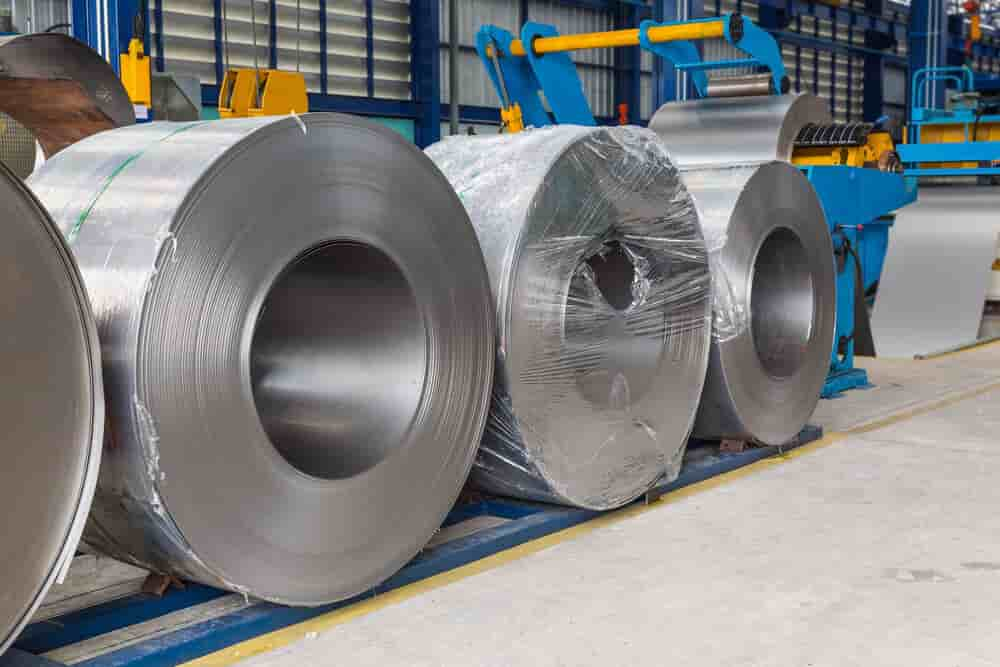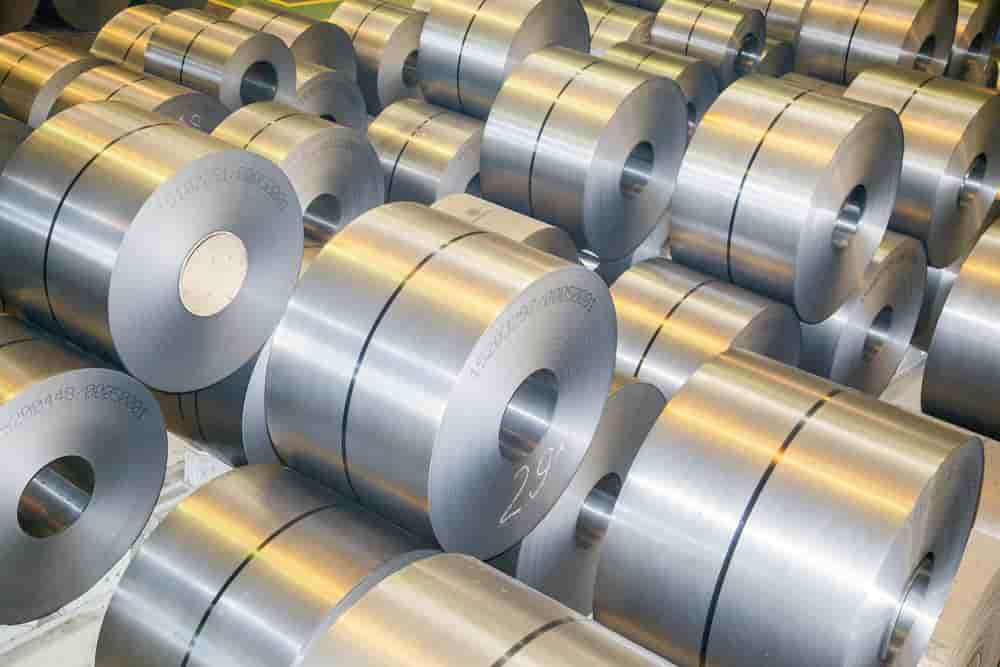Type 304 and Type 316 stainless steel rolled and sheets are also readily accessible, with thicknesses ranging from .010″ to .032″. It is essential to have a solid understanding of what stainless steel sheet is and what sets it apart from plain steel before proceeding with an explanation of how stainless steel is manufactured.
At its most fundamental level, stainless steel is an alloy composed of iron and a number of other elements (such as nickel, chromium, molybdenum, and carbon) that is more resistant to corrosion than iron or steel in its pure form.
These components of stainless steel, such as nickel, chromium, and a variety of other additives, provide the material with a passive oxide layer that prevents the formation of rust and produces a surface that is shiny and reflective. The bright surface of stainless steel is much more resistant to tarnishing than the surface of plain steel; this is why stainless steel is given the name “stainless” steel.

The Basic Components
Nickel, iron ore, chromium, silicon, and molybdenum, along with a few other raw materials, are melted together to produce the metal that is known as stainless steel. The metal used to make stainless steel is composed of a number of different fundamental chemical elements, which, when combined, produce a robust alloy.
The various types of stainless steel are distinguished by the relative amounts of their constituent elements, which can include carbon, iron, nickel, chromium, and molybdenum, amongst others. The proportion of iron to the other components determines the durability of the metal’s protective oxide layer, as well as its resistance to certain corrosives and a number of its other mechanical properties.
The various types of stainless steel alloys are generated by combining the various components of stainless steel in varying proportions. A “grade” of stainless steel is the name given to each distinct combination of properties, such as “grade 304” stainless steel, “grade 316” stainless steel, or “grade 420” stainless steel.
Where does stainless steel come from?
When making stainless steel, the first step for the manufacturer is to choose precisely which type of stainless steel they will produce.
This is significant because the grade of stainless steel that they want to produce will have an effect on the proportions of the various stainless steel materials that will be present in the mixture. These materials include iron, carbon, nickel, and others. These ratios are not always exact; rather, they are sometimes within a range due to the unavoidable possibility of variations in the degree of purity possessed by each component of the mixture.
The Manufacturing Process: An Explanation of How Stainless Steel Is Made

The process of manufacturing stainless steel can continue after the raw materials have been gathered, but only after this step has been completed. The following are the fundamental steps:
In the process of melting the raw materials. The various components of stainless steel are melted together in a furnace (typically an electric furnace in today’s modern stainless steel manufacturing applications), which is then heated to temperatures above their melting points. According to metalsupermarkets.com and various other sources, the duration of this process can range anywhere from eight to twelve hours. The production of stainless steel can move on to the next step as soon as the metal has reached the molten state.
The Elimination of Extra Carbon. In order to get rid of any excess carbon, the molten material is put through a process known as vacuum oxygen decarburization (VOD) or argon oxygen decarburization (AOD).
This process could result in a standard variant of the alloy or a low-carbon variant of the alloy, depending on how much carbon is removed; for instance, 304 stainless steel as opposed to 304L stainless steel. Because of this, the tensile strength and hardness of the final product may be altered as a result.
Tuning or Stirring. It is possible to stir the molten steel in order to help distribute and/or remove certain stainless steel components from the mixture. This can be done in order to help fine-tune the quality of the finished product. This helps to ensure that the stainless steel is of a consistent quality and that it will meet the requirements imposed by end users’ specifications (like Marlin Steel).
Sculpting the Metal into Form. The stainless steel is subjected to a number of different shaping operations as it begins to cool, beginning with hot rolling while the steel is still at a temperature that is above its crystallization point.
The metal is typically formed into billets or blooms using a process known as hot rolling, which contributes to the steel’s transformation into a more granular form. It is possible to cold roll the stainless steel in order to produce metal blooms or billets with specified dimensions.

Heat Treatment, also known as Annealing. Annealing stainless steel is a process that can alleviate internal tensions and affect the material’s mechanical properties. If the steel has been annealed, the protective oxide layer on its surface may require descaling before it can be used.
Cutting and Shaping. After going through the annealing process, the stainless steel goes through a number of different cutting and shaping processes in order to produce an end product that is ideal for the application.
The specific operations that are used to cut the stainless steel will change depending on the size and shape of the billet or bloom, as well as the product that is being produced at the end of the cutting process. For instance, in the process of fabricating thick metal plates, the steel might be cut mechanically using large metal shears.
In the meantime, thinner metal sheets can be cut into shapes using CNC punch machines or laser cutting machines. Using cutting lasers and CNC punch machines, the manufacturing team at Marlin Steel frequently creates custom metal cutouts from sheet metal plates. These cutouts are then used in various applications.
The process of applying surface finishes Before distributing their stainless steel billets, blooms, or wires to other manufacturers, the stainless steel manufacturer might give those products a variety of surface finishes.

The specific finish that is applied to the steel will vary depending on its intended use; however, one of the most common surface finishes involves simply grinding down the surface in order to remove impurities and make it smoother.











Your comment submitted.